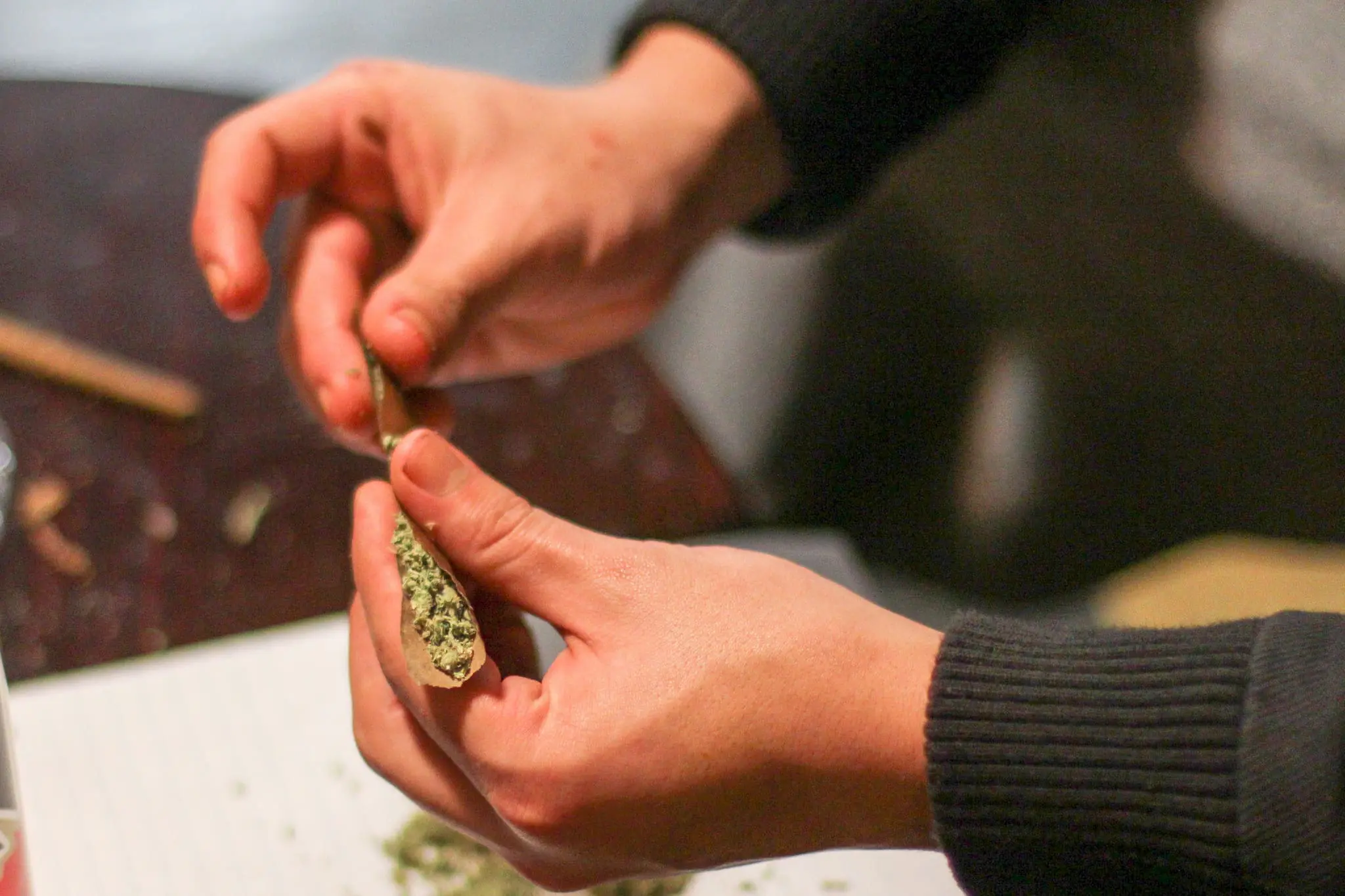Politics
Federal Agency Warns Of ‘Competing And Contradictory’ Messaging In PSAs About Marijuana And Other Drugs

An independent federal agency has published a report on government anti-drug campaigns, highlighting “competing and contradictory messages” about marijuana and other substances that it says could undermine their efficacy.
The Government Accountability Office (GAO) released the report focusing on White House Office of National Drug Control Policy (ONDCP) outreach efforts, drawing from a panel of 12 experts in the field who evaluated anti-drug media campaigns.
The report to Congress noted that ONDCP received $1.4 billion in funding from 1998 to 2006 for its National Youth Anti-Drug Media Campaign, which “aimed to prevent the initiation of or curtail the use of drugs among the nation’s youth.”
“We reported on the campaign in August 2006, when our review of program evaluations provided credible evidence that the program’s activities focused on marijuana use were not effective at reducing youth drug use,” it said.
Consequently, GAO, often referred to as the “congressional watchdog,” advised lawmakers in its prior report to “consider limiting appropriations for the media campaign until ONDCP provides credible evidence of the effectiveness of exposure to the campaign on youth drug use outcomes.”
It also recommended that lawmakers facilitate an “independent evaluation of the new campaign be considered as a means to help inform both ONDCP and Congressional decision-making.” Congress accepted that recommendation, limiting funding for the effort and requiring ONDCP to report back with recommendations on “the development of improved and meaningful measurements of the effectiveness of the media campaign.”
One of the GAO experts noted in the new report that a youth focus group found that while young people were willing to acknowledge their use of cannabis, “few would acknowledge any negative consequences.”
“However, many responded that their friends’ marijuana use had negative impacts, such as disappointing friends and families,” it said. “As a result, the campaign developed and tested new messages featuring youth showing concern about their friends’ use and the harm it was causing to relationships.”
“Campaigns do not exist in a vacuum; they need to consider environmental influences because external variables may influence the behavior that is the focus of the campaign,” GAO said. “For campaigns that span many years, a multitude of policy and other changes at the state and national levels could affect the behavior of interest.”
“For example, marijuana legalization in some states may affect the prevalence of marijuana use in those states. There are also often competing and contradictory messages surrounding a campaign that result in mixed messages,” it continued. “For example, a youth anti-alcohol or anti-drug campaign may be conflicting for children who see their parents consume alcohol or use marijuana. Paid alcohol placements in media can also dilute anti-alcohol campaigns.”
GAO said it provided a copy of the draft report to the Justice Department and U.S. Department of Health and Human Services (HHS) for review, but they did not provide feedback on the findings.
“People are exposed to more media today than ever before, which can make reaching people challenging,” the report says. “Campaigns need to be aware that even if they implement a campaign based on the best available evidence, it still may not work as intended, but they may be able to collect other useful information and learn from it.”
And while GAO previously recommended limitations on ONDCP funding for anti-drug campaigns, it stressed that such campaigns “need to have funding available to conduct robust evaluations.”
Outside of the drug czar’s office, other federal agencies have taken steps in recent years to amend its language around campaigns to prevent potentially dangerous drug-related activities.
For example, the National Highway Traffic Safety Administration (NHTSA) has leaned into cannabis culture in its attempts to deter impaired driving, rather than peddling negative stereotypes about consumers as government-backed PSAs have historically done.
Seemingly in response to that effort, House appropriators have advanced legislation that would block the federal traffic safety agency from supporting ads to “encourage illegal drug or alcohol use,” earning praise from prohibitionists.
“Last year, NHTSA released taxpayer-funded impaired driving ads that trivialized marijuana use—even implying that using marijuana before driving was no big deal,” the anti-cannabis group Smart Approaches to Marijuana (SAM) said. “That’s not prevention. That’s promotion.”
NHSTA, often in partnership with state agencies, has been working to get the word out on the dangers of driving while impaired from THC amid the state legalization movement, often with cheeky memes that are meant to appeal to the cannabis consumer community rather than scare them away with judgmental messaging as has been the government’s approach in the past.
For example, last December the agency released new messaging aimed at promoting safe driving habits among cannabis users. One ad featured what appeared to be a stoned Christmas tree-shaped cannabis bud and includes the reminder: “If you enjoy the holiday greenery, find a sober ride.”
In 2021, NHTSA tried to get the word out about the dangers of impaired driving through an ad featuring a computer-generated cheetah smoking a joint and driving a convertible.
The agency also played on horror-movie tropes in a 2020 ad featuring two men running for their lives from an axe murderer. The pair ultimately find a vehicle to escape the scene, but the driver pauses before he turns the key in the ignition. “Wait wait wait,” he says. “I can’t drive. I’m high.”
Photo courtesy of Martin Alonso.



